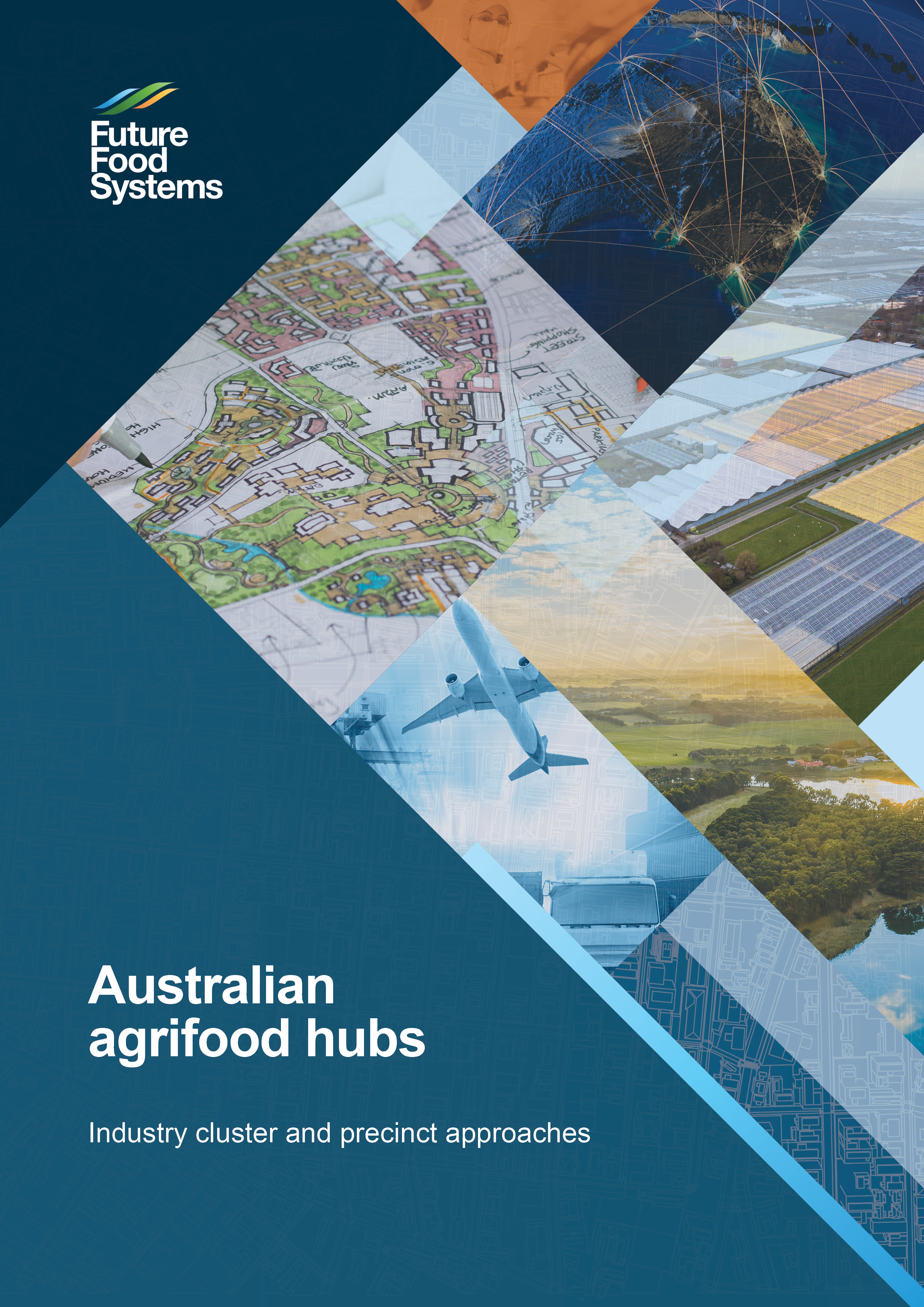Written to inform those planning agrifood clusters under Research Program 1, the Future Food Systems CRC’s ‘Australian agrifood hubs: Industry cluster and precinct approaches’ report, published this month, outlines the theory underlying the formation of specialised industry clusters, and gives an overview of agrifood cluster initiatives in the Netherlands and across Australia.
Decades ago, Harvard business guru Michael E Porter expounded a theory to explain the competitive advantage of nations. According to Porter, advantage can be secured, at least in part, from the organic development of specialist ‘industry clusters’.
Such clusters play to and amplify the strengths of a particular country or region. By aggregating businesses, research institutions, and related industries and services in a geographical location, Porter contended, you could encourage innovation, healthy competition and progress. Simultaneously, those in a cluster enjoy the benefits of shared knowledge, infrastructure and distribution networks as well as economies of scale.
Examples of successful industry clusters include Germany’s famed automotive cluster; Sweden’s furniture design hub; the world-renowned fashion cluster in Milan, Italy; standout wine regions in specific parts of Italy, France, California and Australia; and the Netherlands’ hugely successful agrifood cluster as well as aggregated agrifood hubs in Denmark and Spain.
What’s in the report?
In this useful report, Randall McHugh, from the School of Architecture within the Faculty of The Built Environment at Queensland University of Technology, outlines the theory underlying the formation of specialised industry clusters. The report looks at how Australia’s agrifood sector could benefit from developing specialist clusters in suitable geographic locations, and discusses benefits and challenges for such clusters.
It also gives an overview of agrifood cluster initiatives, in the Netherlands and around Australia, outlining:
- the proposed agribusiness hub to be located adjacent to the soon-to-be-built Western Sydney International Airport;
- Food & Fibre Gippsland, a hub that includes dozens of Victoria’s agrifood producers along with regional tertiary institutions;
- the Parkes Special Activation Precinct (SAP) in regional New South Wales; and
- Western Australia’s Transform Peel initiative, which aims to aggregate regional food producers, processors and manufacturers with researchers and government agencies and related entities in the Peel Food Zone and Peel Agribusiness Park.
Access the report
Download the ‘Australian agrifood hubs: Industry cluster and precinct approaches’ report as a pdf from the CRC website.



